Lotus Reveals Its Most Powerful Production Model Ever, the Evora GT430

With the Evora getting on in years and Lotus Cars under new ownership thanks to China’s Geely, it’s just a matter of time before the swift little sports coupe is replaced with something fresh and exciting. That means it’s time for the automaker to roll out special editions of its old models. However, it could be argued the company’s low production volume makes every Lotus Evora special — thus making the new GT430 variant extra special, as its assembly tops off at 60 vehicles.
Like the Evora 400 and Sport 410, the GT’s numeric moniker denotes its horsepower rating of 430 claimed units. The manufacturer states the GT430 uses the same Toyota-sourced 3.5-liter supercharged V6, but with vastly improved cooling. While 20 prancing ponies doesn’t sound like a game changer, the upgraded Lotus is about 300 pounds lighter than the Evora 400 and 57 pounds less than the 410 — all due to a svelte suspension and plenty of carbon fiber.
Add a set of Michelin Pilot Sport Cup 2 tires, Eibach springs, and Ohlins TTX two-way adjustable dampers, and the GT430 should be plenty squirrelly on a track — which is where the massive rear wing suggests the vehicle belongs.
Lotus states the vehicle’s aero is capable of 550 pounds of downforce at its 190 mph top speed and 140 pounds at just 90 mph. That is significantly more than the less-tweaked variants. Zero-to-sixty takes 3.9 seconds, helped by the car’s 325 lb-ft of torque and variable traction control setups.
In addition to some new (mainly functional) bodywork, the interior is mostly stripped out. Leather is replaced by Alcantara or removed entirely for an exposed carbon weave, suggesting this GT is not really fit for the kind of grand touring that happens outside of a racing circuit.
While Lotus says this particular GT430 will not be available in North America, it did promise to bring a U.S.-spec version across the pond in the spring of 2018. Pricing is a mystery but will assuredly surpass the Evora 410’s low triple-digit price tag.
[Images: Lotus Cars]

A staunch consumer advocate tracking industry trends and regulation. Before joining TTAC, Matt spent a decade working for marketing and research firms based in NYC. Clients included several of the world’s largest automakers, global tire brands, and aftermarket part suppliers. Dissatisfied with the corporate world and resentful of having to wear suits everyday, he pivoted to writing about cars. Since then, that man has become an ardent supporter of the right-to-repair movement, been interviewed on the auto industry by national radio broadcasts, driven more rental cars than anyone ever should, participated in amateur rallying events, and received the requisite minimum training as sanctioned by the SCCA. Handy with a wrench, Matt grew up surrounded by Detroit auto workers and managed to get a pizza delivery job before he was legally eligible. He later found himself driving box trucks through Manhattan, guaranteeing future sympathy for actual truckers. He continues to conduct research pertaining to the automotive sector as an independent contractor and has since moved back to his native Michigan, closer to where the cars are born. A contrarian, Matt claims to prefer understeer — stating that front and all-wheel drive vehicles cater best to his driving style.
More by Matt Posky
Latest Car Reviews
Read moreLatest Product Reviews
Read moreRecent Comments
- Steve Biro At a $27K starting point - often with additional dealer discounts - the Equinox was an attractive option for many on a tighter budget. Especially when the FWD model came with a traditional six-speed automatic.Now, with a starting point of just under $30K (and discounts much smaller and/or less likely for a couple of years) and a CVT, the Equinox is suddenly much less competitive.Add to that the need to pay an extra $2K for AWD just to get a real transmission, and the Equinox isn't very competitive at all. An AWD base version will start at about $32K and an RS or Activ will be $36K and change - quite laughable. And one is still stuck with that 1.5-liter turbo powerplant.If this is what Chevy is demanding for the ICE Equinox, it's no wonder a $30K EV version turned out to be vaporware.
- AZFelix I know someone who spent a night in a Dodge Dynasty. The velour interior was the best part of the experience.
- MKizzy Looking at the high-nosed Equinox and its assumed huge front blind spots, I see why Mayor Pete wants to mandate improved AEB on all vehicles.In addition, GM's lack of commitment to its ICE powertrains is on full display with its continued use of its class-trailing 1.xT engines. The new Equinox may be all show/no go, but at least after a decade of shoving its 1.5T into the Equinox and Malibu, you'd think GM would've at least made it top flight reliable by now.
- Daniel China can absolutely make quality products when contracted at the right prices or their car companies trying to compete. However, I doubt any of their nearly 100 EV companies would even want to try to break into the US market with a 25% tariff (Polestar pays this) and the huge service and support network needed other than *maaaaybe* BYD eventually and only then if they end up using their upcoming plant in Mexico for not just Latin America, but decide to try the US market without the tariffs. They def would need to have excellent quality and support to be taken seriously, we'll see!
- VoGhost I know one commenter who would love to live in Kia towers.


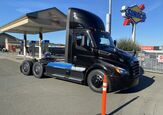
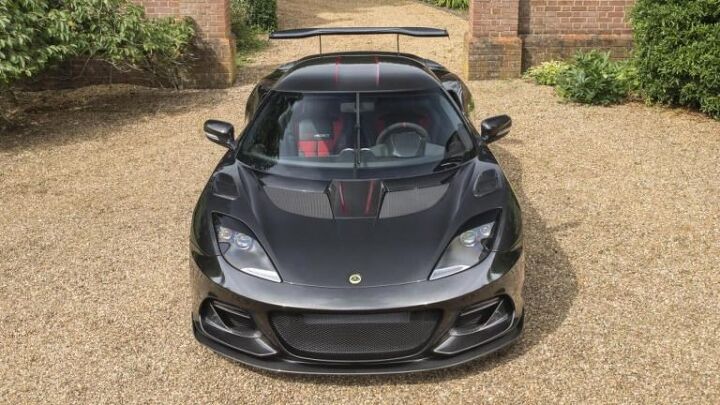















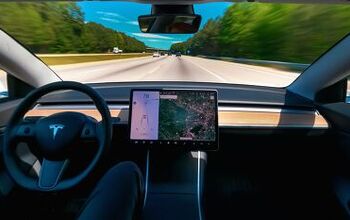

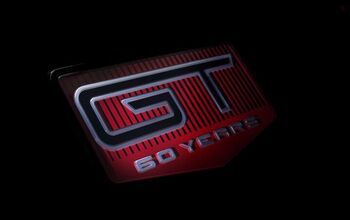

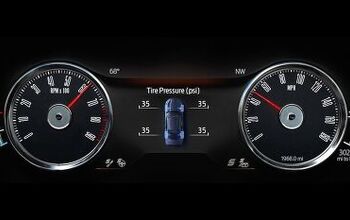
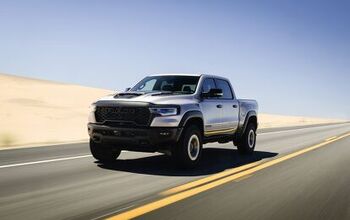
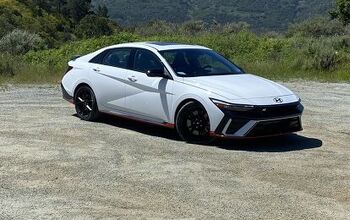
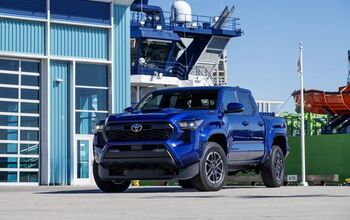
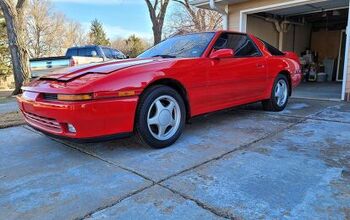
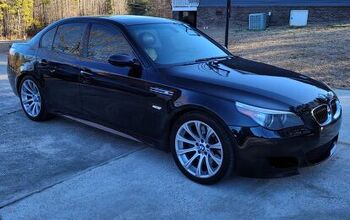
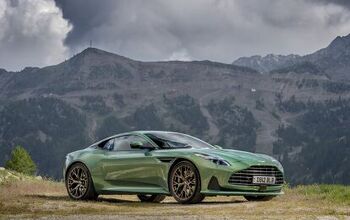

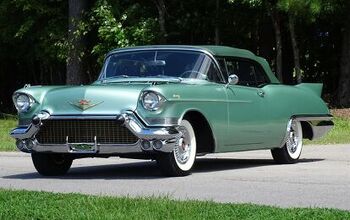

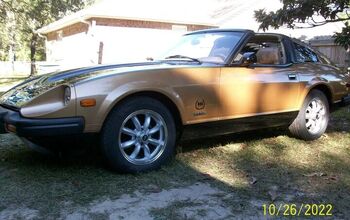

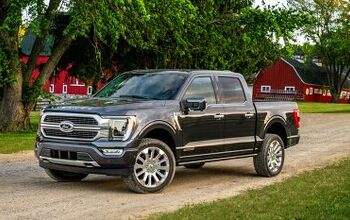

Comments
Join the conversation
"Lotus Reveals Its Most Powerful Production Model Ever" Dear TTAC copy editor, "ever" includes the future. This is their "Most Powerful Production Model To Date." /rant
Historically, I'm a huge fan of Lotus. Back to the basics. Light. Handle. Reasonably priced ($45K to $60K). Don't need insane power to provide pure driving fun and impressive performance. Don't care about Lotus anymore. Used prices are absurd. This thing is $110K. At that price, it's not Lotus anymore.